Related Research Articles

Margaret Macdonald Mackintosh was an English-born artist who worked in Scotland, and whose design work became one of the defining features of the Glasgow Style during the 1890s - 1900s.
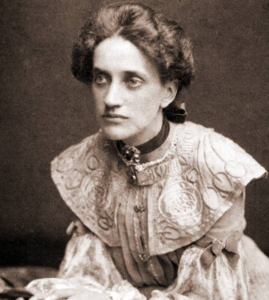
Ann Macbeth was a British embroiderer, designer, teacher and author, a member of the Glasgow Movement and an associate of Charles Rennie Mackintosh. She was also an active suffragette and designed banners for suffragists and suffragettes movements.

Emily Carr was a Canadian artist and writer who was inspired by the Indigenous peoples of the Pacific Northwest Coast. One of the painters in Canada to adopt a Modernist and Post-Impressionist style, Carr did not receive widespread recognition for her 1929 work, The Indian Church, which is now her best known, until she changed her subject matter from Aboriginal themes to landscapes — forest scenes in particular, evoking primeval grandeur in British Columbia. As a writer Carr was one of the earliest chroniclers of life in her surroundings. The Canadian Encyclopedia describes her as a Canadian icon.
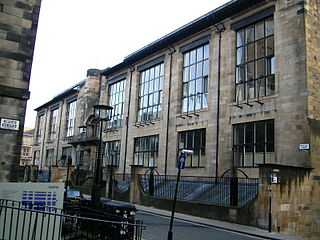
The Glasgow School of Art is a higher education art school based in Glasgow, Scotland, offering undergraduate degrees, post-graduate awards, and PhDs in architecture, fine art, and design.

Western calligraphy is the art of writing and penmanship as practiced in the Western world, especially using the Latin alphabet.
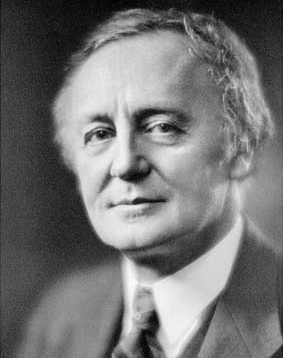
Charles Marius Barbeau,, also known as C. Marius Barbeau, or more commonly simply Marius Barbeau, was a Canadian ethnographer and folklorist who is today considered a founder of Canadian anthropology. A Rhodes Scholar, he is best known for an early championing of Québecois folk culture, and for his exhaustive cataloguing of the social organization, narrative and musical traditions, and plastic arts of the Tsimshianic-speaking peoples in British Columbia, and other Northwest Coast peoples. He developed unconventional theories about the peopling of the Americas.

Jessie Marion King was a Scottish illustrator known for her illustrated children's books. She also designed bookplates, jewellery and fabric, and painted pottery. King was one of the artists known as the Glasgow Girls. She was described in 1927 in the Aberdeen Press and Journal as "the pioneer of batik in Great Britain".

Gitxsan are an Indigenous people in Canada whose home territory comprises most of the area known as the Skeena Country in English. Gitksan territory encompasses approximately 35,000 km2 (14,000 sq mi) of land, from the basin of the upper Skeena River from about Legate Creek to the Skeena's headwaters and its surrounding tributaries. Part of the Tsimshianic language group, their culture is considered to be part of the civilization of the Indigenous peoples of the Pacific Northwest Coast, although their territory lies in the Interior rather than on the Coast. They were at one time also known as the Interior Tsimshian, a term which also included the Nisga'a, the Gitxsan's neighbours to the north. Their neighbours to the west are the Tsimshian while to the east the Wetʼsuwetʼen, an Athapaskan people, with whom they have a long and deep relationship and shared political and cultural community.
Frederick Alexcee was a Canadian carver and painter from the community of Lax Kw'alaams with Tsimshian ethnicity.
Marjorie Halpin was an American-Canadian anthropologist best known for her work on Northwest Coast art and culture, especially the Tsimshian and Gitksan peoples.
Wilson Duff was a Canadian archaeologist, cultural anthropologist, and museum curator.
Constance Cox was a Canadian schoolteacher of part Tlingit ancestry who lived and taught with the Gitksan First Nation in northwestern British Columbia and served as interpreter for several anthropologists.

Marian Bantjes is a Canadian designer, artist, illustrator, typographer and writer. Describing her work as graphic art, Marian Bantjes is known for her custom lettering, intricate patterning and decorative style. Inspired by illuminated manuscripts, Islamic calligraphy, Baroque ornamentation, Marian Bantjes creates detailed work, often combining the forms of her disparate influences.
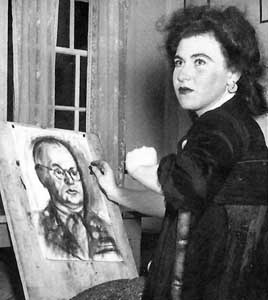
Unity Bainbridge was a Canadian artist and writer of poetry inspired by the indigenous peoples of the Pacific Northwest Coast and its landscape.
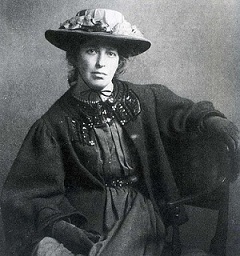
Jessie Newbery was a Scottish artist and embroiderer. She was one of the artists known as the Glasgow Girls. Newbery also created the Department of Embroidery at the Glasgow School of Art where she was able to establish needlework as a form of unique artistic design. She married the director of the Glasgow School of Art, Francis Newbery, in 1889.
Charles Hepburn Scott was a Scottish-born Canadian artist.
Lillian Irene Hoffar Reid was a Canadian painter. She was in the first graduating class, June 1929, at the Vancouver School of Decorative and Applied Art. She taught at the Vancouver School of Art from 1933 to 1937.
Sylvia Grace Borda is a Canadian artist working in photography, video and emergent technologies. Borda has worked as a curator, a lecturer, a multimedia framework architect with a specialization in content arrangement (GUI) and production. Born and raised in Vancouver, Borda is currently based in Vancouver, Helsinki, and Scotland. Her work has been exhibited locally, nationally, and internationally.

Ina D .D. Uhthoff was a Scots-Canadian painter. A contemporary of Emily Carr, Uhthoff was known for establishing her own art school; the Victoria School of Art, writing columns for the Daily Colonist newspaper, and exhibiting her own art.
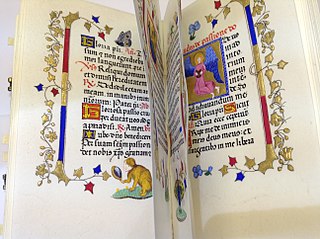
Patricia Lovett is a British scribe, calligrapher and illuminator from Kent. She is the author of several books and teaches calligraphy, illumination and manuscript skills in the UK and worldwide. She was chair of the Heritage Crafts Association between 2017 and 2022, having been vice-chair for several years previously and in 2013 was awarded an MBE for services to calligraphy and the protection of heritage crafts.
References
- 1 2 3 4 5 6 7 "Canadian Women Artists History Initiative : Artist Database : Artists : MELVIN, Grace Wilson". cwahi.concordia.ca. Retrieved 26 March 2018.
- ↑ https://www.scotlandspeople.gov.uk/record-results/34506223464fa257bad634?check_logged_in=1
- 1 2 3 4 5 6 7 8 9 10 11 12 "Melvin, Grace (1892-1977)". GSA Archives. Retrieved 26 March 2018.
- ↑ Stevens, Gail. "Calligraphy". The Canadian Encyclopedia. Retrieved 26 March 2018.
- ↑ https://www.fecklesscollection.ca/grace-melvin
- 1 2 3 4 "Melvin, Grace - MemoryBC". www.memorybc.ca. Retrieved 26 March 2018.
- 1 2 Paul Harris & Julian Halsby (1990). The Dictionary of Scottish Painters 1600 to the Present. Canongate. ISBN 1-84195-150-1.
- ↑ Stephenson, D. Wendy Louise (2005). Artmaking in two Vancouver high schools, 1920 to 1950 (Dissertation). British Columbia (Canada): The University of British Columbia (Canada). p. 59.
- ↑ Peter J.M. McEwan (1994). The Dictionary of Scottish Art and Architecture. Antique Collectors' Club. ISBN 1-85149-134-1.
- ↑ Barbeau, Marius; Melvin, Grace Wilson (1943). The Indian Speaks. Caxton printers, Limited.
- ↑ Barbeau, Marius (1948). Le Reve De Kamalmouk. Grace Melvin. Fides.